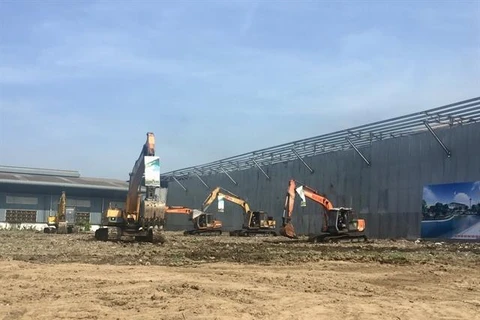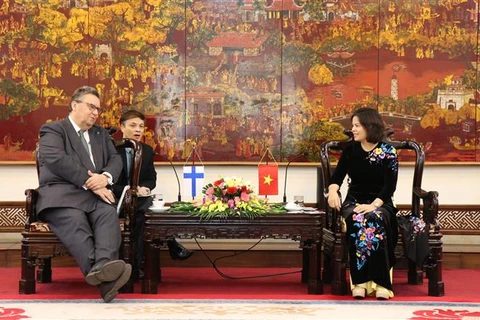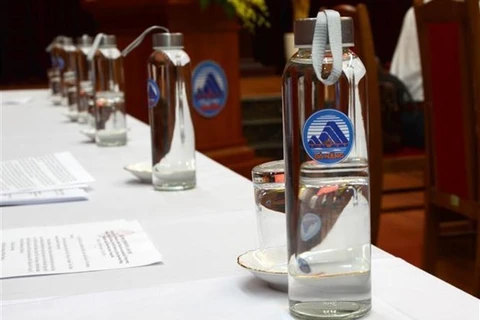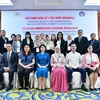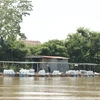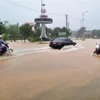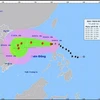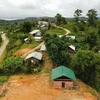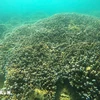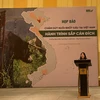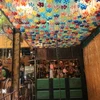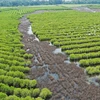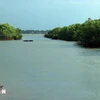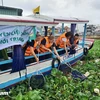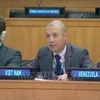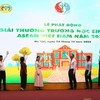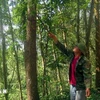Hanoi (VNS/VNA) - Vietnam needed to develop policies to encourage investments in waste-to-energy, also called bioenergy, which would significantly contribute to protecting the environment, experts have said.
Tran Viet Ngai, President of the Vietnam Energy Association, said the huge volume of waste produced each day was a burden. If the trash that would otherwise go to a landfill was burned to churn out electricity, it would bring a number of benefits.
Generating energy from waste was another source of clean energy at a reasonable cost and would contribute to protecting the environment, Ngai said.
A huge volume of waste is dumped every day in Vietnam but energy-from-waste had not caught on across the country.
The Ministry of Industry and Trade’s latest report showed that about 70,000 tonnes of daily waste is dumped into the environment every day, 10 percent of which came from Hanoi and Ho Chi Minh City. About 85 percent of waste in Vietnam is simply dumped into landfill sites, which created the risks of causing pollution while it was also a waste not to burn it to create energy.
According to the Vietnam Energy Association, waste-to-energy technology is widely used in many countries.
Recently, Vietnam has seen the development of several waste-to-energy projects such as the Soc Son, Phu Tho, VIETSTAR, Thanh Hoa, Thai Binh and Hai Phong bioenergy plants.
Hoang Manh Ha from Power Engineering Consulting Joint Stock Company 1 (PECC1) said there were around 1,000 waste-to-power plants in the world, with 38 percent in Europe, 24 percent in Japan, 19 percent in the US and 15 percent in east Asia.
Ha said that many investors were showing a growing interest in developing bioenergy in Vietnam, especially in major cities where huge volumes of waste were dumped daily.
Chen Wei, general director of EB Environment Energy Company Limited which operates the Can Tho waste-to-energy plant, said that one year in operation, the plant treated about 1,750,000 tonnes of waste to create 53.2 million kWh in total. Every day, it treated 400 tonnes of waste on average, or 70 percent of the city’s trash.
Under the renewable energy development strategy by 2030 with a vision to 2050, Vietnam targets to increase the percentage of urban solid waste used for energy to 30 percent in 2020 and nearly 70 percent in 2030. By 2050, all urban solid waste would be used to generate electricity.
Experts said waste-to-energy plants required huge investment capital, which together with low electricity generation capacity to the national power grid made the payback period amount to up to 20 years.
According to Pham Nguyen Hung, PECC1’s general director, there was a lack of detailed instructions about adding waste-to-energy projects to the country’s power development planning, which made it difficult to invest in bioenergy.
Vietnam needed to issue detailed policies to encourage investments in bioenergy, including policies about power buying prices and details about waste treatment standards to attract investors./.
VNA

